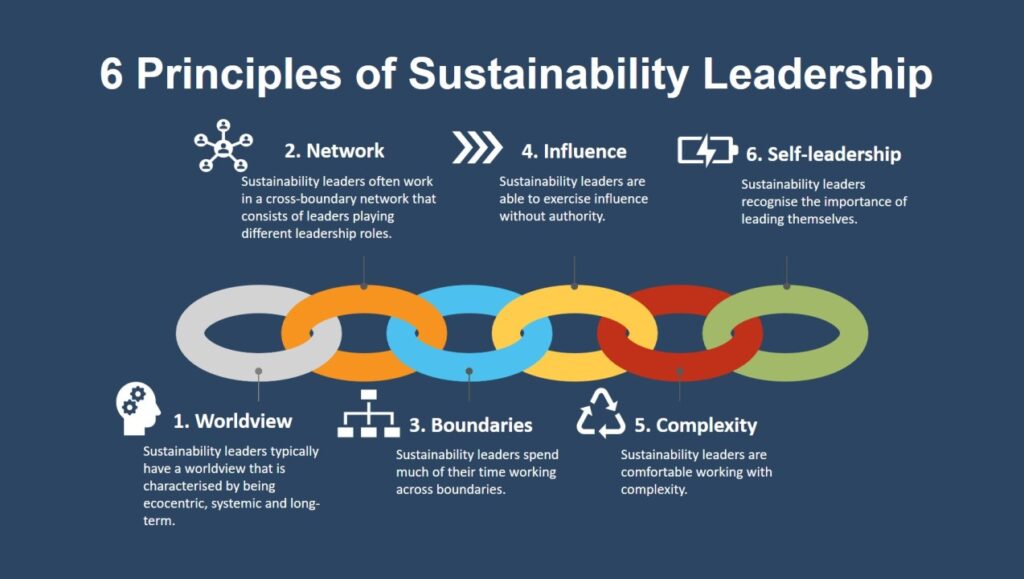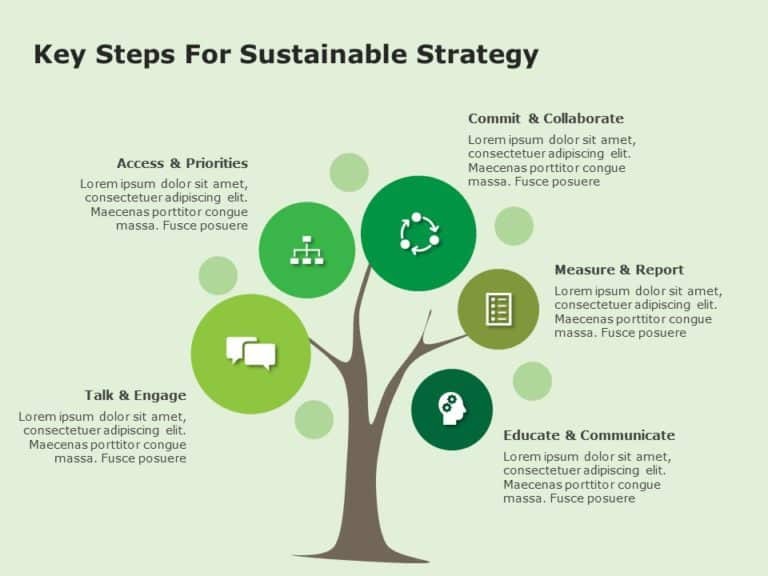Pressing issues like climate change and environmental degradation command unflagging attention both in the public and private sectors as leaders confront escalating demands to integrate sustainable practices within their infrastructure. Consequently, sustainable leadership is emerging as not just an option, but a necessity in today’s business environment.
Evaluating an organization’s environmental footprint requires a holistic approach, considering multiple factors. Key elements such as carbon emissions, waste management, and natural resource consumption come into sharp focus. Leaders equipped with an eco-conscious mindset can strategically intertwine sustainability into their business decisions, moving their companies forward on the path of enduring success. We explore herein how leaders can spearhead the integration of sustainable business practices in organizations.
The Business Imperative of Sustainability
An array of forces is propelling the case for corporate sustainability. Market trends reveal that consumers increasingly align their choices with brands that echo their personal values. This results in more companies adopting eco-friendly strategies. Without these proactive changes, companies risk losing customers and, consequently, market shares.
Investors, too, are demonstrating a pronounced preference for sustainable firms, as Environmental, Social, and Governance (ESG) criteria gain traction. By reducing environmental impact and transparently reporting related data, leaders can bolster stakeholder trust, thus securing vital funding sources.
Beyond fortifying external relationships, a sustainability-focused approach offers operational advantages. Eco-friendly practices—ranging from energy efficiency improvements, waste reduction systems, to green supply chain management—have proven to reduce costs over the long haul. Forward-thinking leaders proactively adopting such measures gain a competitive edge, while also preparing for future regulations.
Leadership: The Sustaining Force
Leaders exercise a crucial role in infusing sustainability into organizational culture and business models. They act as visionaries, spearheading new initiatives across departments. While specific environmental programs may be managed by specialized teams, top-down direction and support are critical to fostering widespread adoption.
To effect substantial progress, leaders must direct their focus both inward and outward. Internally, they must ensure sustainability is seamlessly integrated across operations. Externally, they must forge strategic alliances with green suppliers and contractors, reducing environmental impact across the value chain. Additionally, regular and transparent communication with stakeholders strengthens public trust.
Model Practices for Sustainable Leadership
Effective sustainability leaders adopt a systematic, multifaceted approach. Here’s how they do it:
- Perform assessments – Conduct audits of current environmental impacts related to energy, water, waste and carbon emissions. Pinpoint critical areas and potential improvement opportunities.
- Set goals – Set forth qualitative goals and quantitative targets spanning impact areas, ensuring robust, ambitious, and consistently aligned objectives from the C-suite down.
- Allocate resources – Establish financial and human capital support for goal attainment, including budgeting for technology upgrades, process improvements, training and more.
- Integrate into culture – Regularly communicate the significance of sustainability goals. Where relevant, link these goals to individual performance metrics. Lead by example.
- Engage in cross-value chain collaboration – Work with suppliers, distributors, and partners to collaboratively reduce environmental impact. When possible, develop circular systems.
- Track and disclose – Monitor goal advancement through corporate sustainability reporting and provide regular updates to stakeholders. Acknowledge challenges alongside successes.
Looking Ahead
We are ushering in an era where sustainable leadership is becoming non-negotiable for all leaders. As we all navigate the complexities of environmental stewardship, we invite you to join Leadership Circle in this crucial journey. Embrace the strategies outlined in this article and become part of a community that values not just the bottom line, but the blue skies and green earth that envelop us. Connect with us to learn more and take a step forward in making sustainability the core of your leadership legacy.








